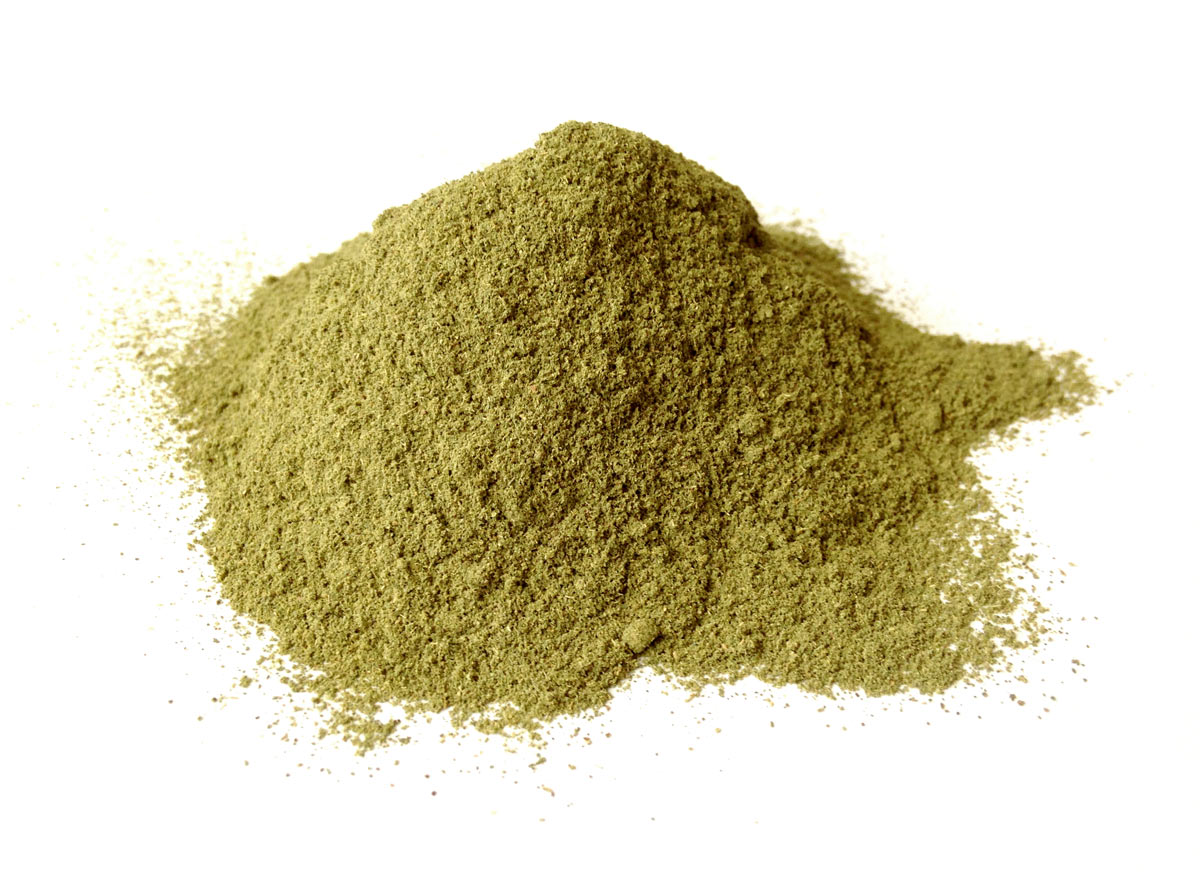First of all, you need to know what is a mole? Technically, a mole is a nevus growth on the skin that occurs when the pigmented skin cells start to grow in a cluster. This is because the pigmented skin cells produce melanin, which gives color to the eyes, skin, and hair and also aids in protecting the skin from UV damage.
Although the moles on the skin do not pose any threat to the body. If you’ve started to notice that the color of the nose mole has started to change or the size of the mole has abnormally changed. This is the right time to consult your doctor. You might be recommended for a deep nose mole removal promptly because the mole might have become malignant.
What To Expect From Mole Removal Process?
There are a lot of different ways for mole extraction. However, we’ve listed the three most reliable and effective ones in this article.
Keep in mind that before either one of the below-mentioned treatments, the skin is first cleaned with antiseptic, and the area is injected with a local anesthetic so that the pain is kept to a minimum. Don’t worry; all of the processes are performed by licensed experts.
The Punch Biopsy
Typically, punch biopsies are most effective for lesions that are deeply buried in the dermis or fat. Dermatologists extract cylinders of tissue between 1 and 8 millimeters in diameter using a punch instrument, similar to a cookie cutter with a circular blade. In addition to stitching up the large, deep wound, the mole tissue is sent to a pathology lab to be assessed for malignancy.
The Shave Biopsy
A shave biopsy involves shaving off a mole and a small amount of surrounding tissue. There is a tendency for shallower lesions to occur in the epidermis, the uppermost layer of skin, and maybe even some of the superficial dermis. As soon as the bleeding stops, the dermatologist will bandage up the tiny wound, which will heal over a period of weeks and leave a relatively flat or barely indented scar.
The Surgical Excision
The mole and surrounding skin tissue can be excised by a dermatologist if they are more prominent or deeper. A visible scar is left after stitches seal the wound. It may take a few weeks for the dermatologist to dissolve or remove the sutures.
These three expert procedures are the only safe ways to remove a mole. The only truly safe and dependable procedures to remove a mole while minimizing scarring and obtaining laboratory confirmation that we aren’t missing some form of hazardous skin cancer are excisions, punch biopsies, and shaving biopsies.
What To Expect After The Extraction
If you have a mole that has an abnormal mole on your face or any other place on your body, having it removed is your best choice. After the suspected mole is removed from the body, it is sent to the lab for testing. Your doctor will be able to test the sample and call you within a week or two. If the mole was not posing any threat to your body, then you won’t need any further treatment. However, if the mole is cancerous, you will be required proper treatment that makes sure that each malignant cell in your body is neutralized.
Wrapping Up
Well, one of the biggest downsides of mole removal surgery is the scar. Yes, after the mole has been removed successfully, you will start to notice a scar on that particular area after it has healed. But still, a scar is a scar; it won’t look nice.
Read more from; Modafinil For Alzheimer’s Disease Apathy Treatment



